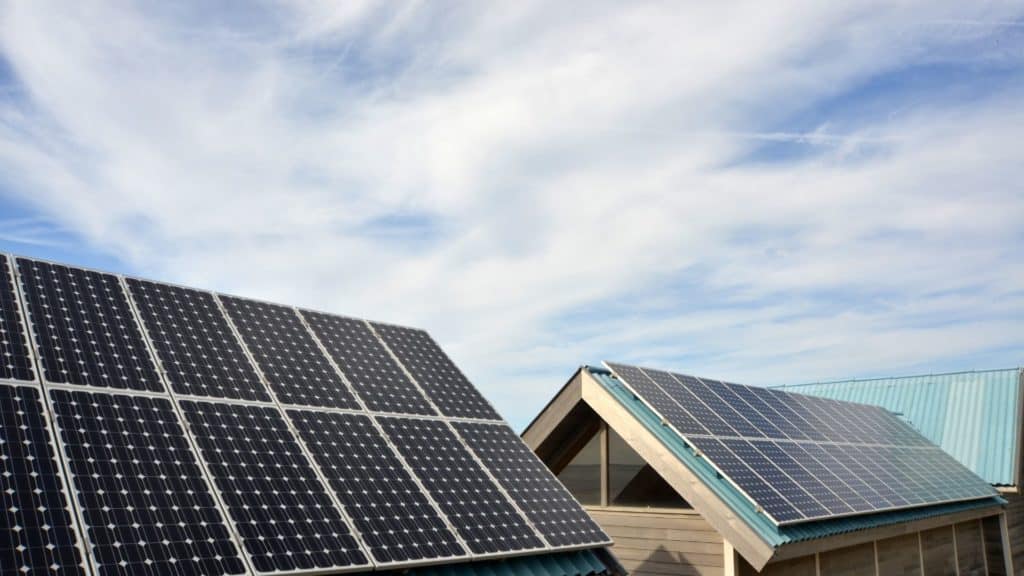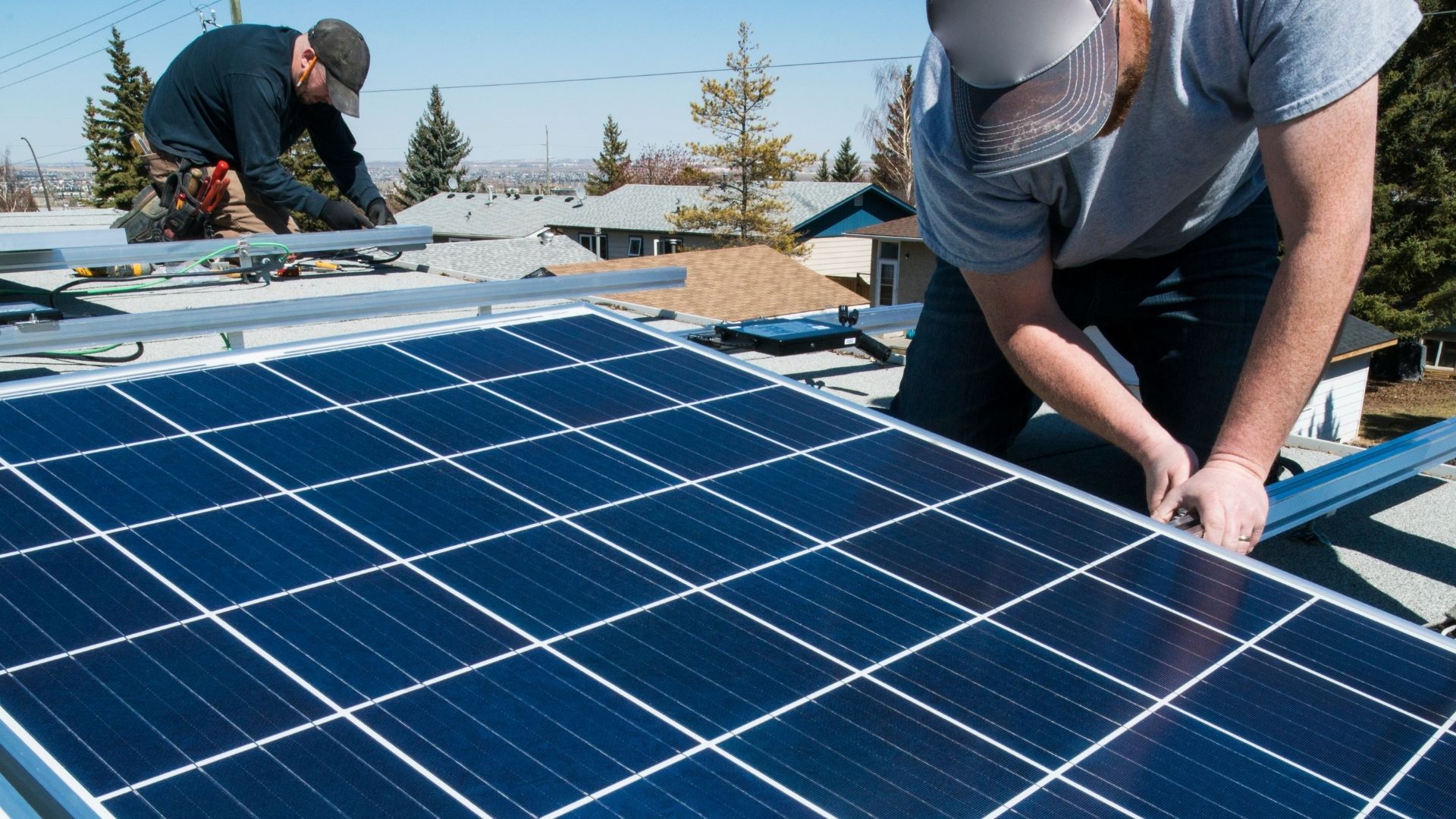Solar power is one of the world’s fastest-growing sources of renewable energy. Humans have relied on the sun upon for thousands of years, but it wasn’t until recently that we started to tap into its potential on a large scale. Consider 8 things when evaluating your options if you’re considering installing solar panels in Oregon.
1) Find a Qualified Oregon Solar Installer
The first step in the Oregon solar installation guide is finding a qualified installer. A reputable installer will be able to help you determine if your home is a good candidate for solar and explain the different types of systems available. They will also provide a cost estimate and help you understand any available incentives and rebates.
In Oregon, there are several solar installers to choose from. The state’s Oregon Solar + Storage Industries Association (OSSIA) has a list of members, including small and large companies.
At Sunbridge, we put the customer first and take a no-pressure approach. We’re happy to discuss solar with you. Contact us today.
2) Compare Your Current Bill to the Cost of Solar
Before you decide to go solar, it’s essential to compare the cost of a solar system to your current energy bill. In some cases, going solar can immediately start saving you money. However, it may take a few years for the savings to kick in in other cases. Either way, it’s crucial to understand the up-front costs and long-term savings associated with solar.
3) Roof Orientation and Shade
The orientation of your roof and the amount of shade it receives are two crucial factors in determining whether or not your home is suitable for solar. A south-facing roof with little to no shade is ideal, but east- and west-facing roofs can work well if they don’t have too much shade. Ensure that your installer looks at your roof before providing a quote.
In most cases, in order to be eligible for certain Oregon solar incentives your roof needs to score a 75% or higher Total Solar Resource Fraction (TSRF). There are two ways to determine this is to have a site visit by a local installer or use certified solar software.
Your TSRF percent is based on calculations of your roof’s angles, the sun’s path throughout the year, and obstructions that may block the sun. All combined create a percent value and will determine which incentives you may be eligible for.
4) Consider Oregon's Climate
Oregon’s climate is relatively mild, so solar panels will usually produce less electricity in the winter than in the summer. This is due to the shorter days and lower sun angles in the winter. However, solar panels can produce enough electricity to offset a portion of your electric bill even in the winter.
5) Inspect Your Roof's Structure
Before installing solar panels on your roof, your installer should inspect your roof’s structure to make sure it can support the added weight. DIY solar panels are not particularly heavy, but if your roof is old or in poor condition, it may need to be reinforced before panels can be installed. This can be done by adding additional support beams or by installing a new roof or roof mounting if necessary.

6) What are Your Out-of-Pocket Costs?
There are several federal and state incentives available for solar installations in Oregon. For example, the federal government offers a tax credit of 22% of the cost of your system. There are also several other Oregon solar rebates and incentives available that can help offset the cost of going solar.
7) Lease or Purchase?
When you go solar, you have the option to lease, purchase, or enter into a power purchase agreement (PPA). Each option has its advantages and disadvantages, so it’s essential to understand all three before deciding.
Leasing: Advantages – No upfront cost, lower monthly payments. Disadvantages – You don’t own the system; you may have to move before your lease is up.
Purchase: Advantages – You own the system; you can take advantage of tax credits and incentives. Disadvantages – Higher upfront cost, you’re responsible for maintenance and repairs.
8) Choose a Solar Contractor
Once you’ve decided to go solar, the next step is to choose an Oregon solar contractor. Again, it’s essential to do your research and select a contractor that has experience installing a solar panel system in Oregon. Be sure to get multiple quotes and compare the total costs and benefits of each option before making a decision. At Sunbridge Solar, we provide no-obligation solar estimates and will not pressure you to make a decision you are uncomfortable with.
Conclusion
As you can see, there are many things to consider before installing solar panels in Oregon. By taking the time to understand all of your options, you can be sure to choose the best choice for your home and your budget.
Not Ready to Speak With A Consultant? Get An Instant Estimate WIthin Minutes
Enter your zip code to begin:


